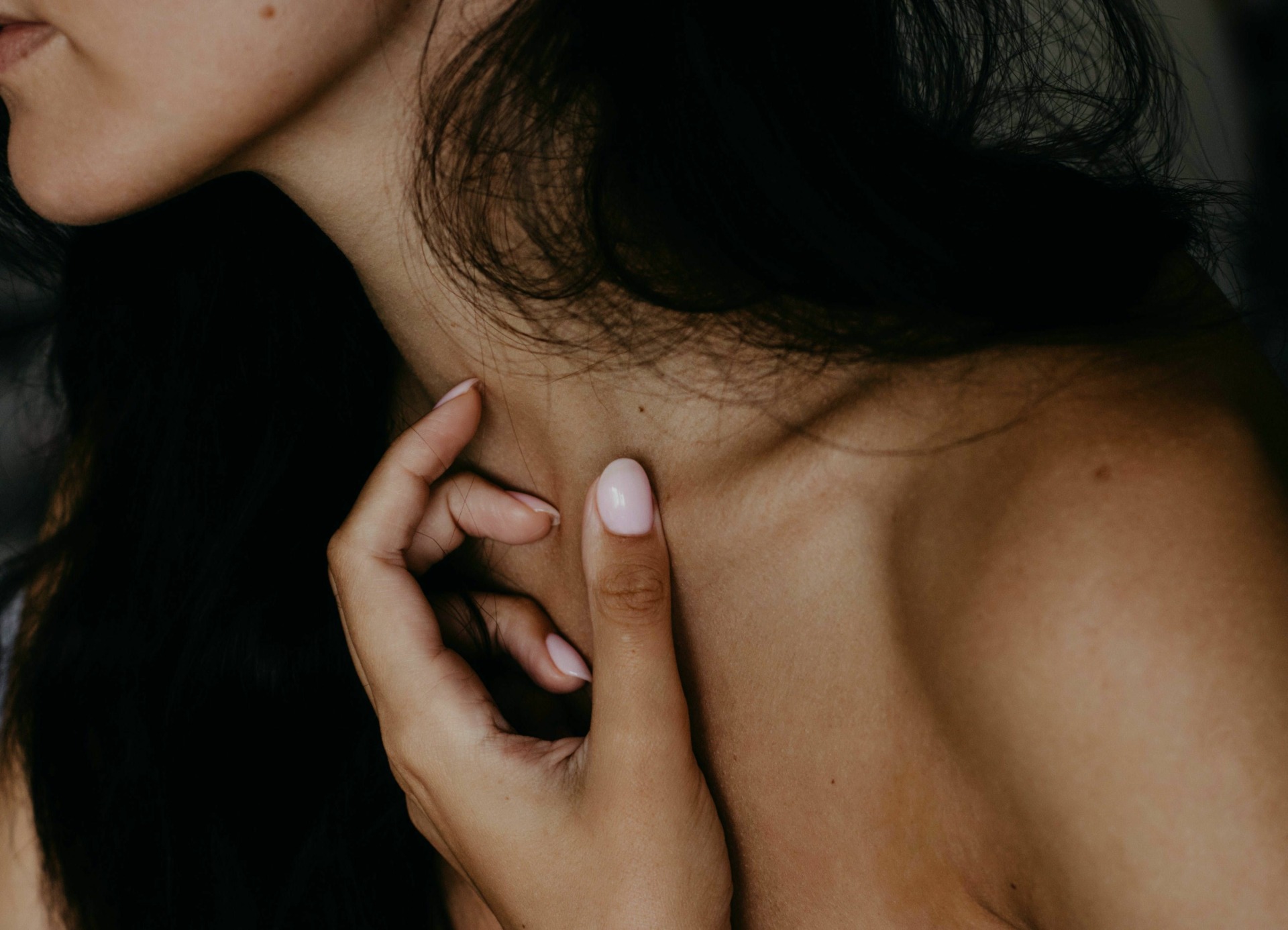When people think about cannabis, they usually imagine someone smoking a joint or eating a pot brownie, not rubbing a non-psychoactive marijuana-infused lotion on their skin. But the cannabis space is changing rapidly, and using cannabidiol (CBD) topicals is a growing trend.
While topical CBD can offer significant and targeted relief from pain, inflammation and skin irritation, one thing it won’t do is cause psychoactive effects, especially if it’s made from hemp. So, it’s no wonder that more and more folks are switching over to this nonintoxicating and easy-to-use cannabis option.
FOLLOW US ON FACEBOOK & INSTAGRAM
What Is Topical CBD?
Topicals are a form of cannabis that’s increasing in popularity. You may have come across some marijuana topicals that contain tetrahydrocannabinol (THC). But the cannabis topicals that are available nationwide are made with hemp-derived CBD and virtually no THC.
These cannabis preparations are designed to be used on the skin, rather than eaten, smoked or vaporized. From simple lotions, creams, oils and balms to more inventive products like mud masks, there are many ways to apply CBD to the skin.
RELATED: DIY RECIPE: KOREAN-STYLE CBD BRIGHTENING FACE MASK
How Topical CBD Works
CBD topicals work differently from other cannabis preparations, because the cannabinoids don’t make their way into the bloodstream. Instead, the cannabinoids are applied externally, where they’re able to permeate the skin. This allows the cannabinoids to access and activate specific receptors found in the body called CB2 receptors.
There are CB2 receptors throughout the body, which can activate the body’s natural ability to regulate problems like pain and inflammation. The body produces chemicals called endocannabinoids that can activate the CB2 receptors. But phytocannabinoids—cannabinoids produced by plants—found in the cannabis plant can also regulate and alleviate imbalances in the body. CBD and THC are two such phytocannabinoids.
With most cannabis consumption methods like smoking, vaping or eating cannabis, the cannabinoids enter the bloodstream and affect the entire system. But topical marijuana application restricts the effects to the area it was applied. So rather than working systematically, topical applications let you focus in on a particular part of the body and concentrate the cannabinoids in one place.
It also means that you can’t get high from marijuana topicals, even if you apply ones that contain THC. Without the ability to enter the bloodstream, these topical cannabinoids won’t affect your mind.
The one exception is cannabis transdermal patches; these patches are designed to permeate the bloodstream. But cannabis lotions, creams and balms do not. So, marijuana transdermal patches, which contain THC, could result in psychoactive effects.
How CBD Works Inside the Body
Of course, taking CBD doesn’t make you feel high whether you use it topically or ingest it. Part of this is because of how CBD interacts with the body. Rather than bind directly to cannabinoid receptors like THC does, CBD interacts with an enzyme called fatty acid amide hydrolase (FAAH). This enzyme breaks down and removes the natural endocannabinoids available to the body.
But CBD can actually stop this process of breaking down endocannabinoids. What this means is it helps preserve the naturally occurring endocannabinoids in our body. Since these endocannabinoids are a natural part of our system, they can help relieve various conditions from general pain to headaches.
How to Get Started With Topical CBD
Curious about trying topical CBD for yourself? It’s easy to use and can help with a wide range of conditions and symptoms including:
- Pain
- Tension
- Inflammation
- Headaches
- Cramps
Perhaps the most common use for topical marijuana preparations is treating localized pain and tension from an injury or chronic pain site. Because individuals can focus the topical on the painful area, it’s an efficient and fast-acting delivery mechanism. CBD topicals give maximum cannabinoid exposure to the sprained, tense, bruised or otherwise tender or painful area, while not diverting critical cannabinoids to the rest of the body.
Topical CBD can also bring relief to painful places by reducing inflammation. Whether the pain is from an injury or a chronic condition like arthritis, inflammation is often a major contributor. While the science is limited on topical CBD due to restrictions on researching cannabis, both patient anecdotes and the scientific data support the idea that topical CBD can help reduce inflammation.
In one study from the University of Kentucky, scientists showed that locally applied CBD topicals could bring down inflammation and relieve pain for arthritic rats.
Patients also report helpful effects from using CBD topicals when dealing with skin issues like:
- Psoriasis
- Dermatitis
- Itching
- Skin tags
Regular application seems to reduce these skin symptoms, and relieve the pain and irritation associated with them. This may be in part due to CBD’s anti-inflammatory effects.
To try using CBD topicals yourself, first find a CBD topical that’s well suited to your needs. There are a wide range of options, so consider factors just like when you’re choosing non-infused lotions and creams.
- Do you like a thick and heavily moisturizing product like a salve?
- Would you prefer something lighter that won’t clog your pores like a spray?
- Are you interested in a product that’s scented for an aromatherapy experience, or do you prefer something unscented?
Once you’ve found an option that works for you, simply apply the topical to any external area of the body where you’re experiencing pain or inflammation, and wait for the pain relief to take effect. Depending on the person and the condition, it may take 1–48 hours to feel the effects of the CBD working.
So, if you find it doesn’t help you much at first, keep applying the CBD topical regularly over the next two days, and see if you notice a difference. The effects may not seem dramatic at first, but they can build over the coming days and weeks. Often patients won’t feel a difference to start off with, but will then notice small changes—like less pain—upon waking the next day.
Thankfully, CBD comes with very low risk of side effects, so it’s perfectly safe to experiment in this way. In fact, CBD has been deemed safe, non-psychoactive, non-addictive and without any known negative side effects by the World Health Organization.
Let us know what your favorite CBD topical is in the comments below.
Photo credit: Paulina Paukshtite






